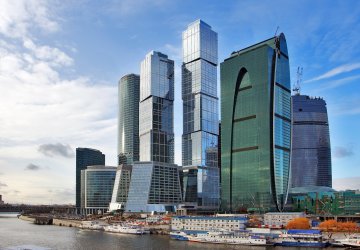The Internet of Things (IoT)… I cannot think of any other more widely discussed topic in our field of work today. . My mailbox is effectively being spammed with loads of emails, conferences, white papers and web casts on this topic. To be honest I believe I am one of the people adding to the stream as well: last month, the IFMA FMJ Magazine featured an article on the subject which I wrote together with Eric Teicholz.
The Gartner 'Hype Cycles'
Often I have some reservation about the typical ‘IT rumour’ on yet another ‘wave of innovation’. Having been in this industry for decades, I know we have been constantly moving from one hype to another. I would say that, as an industry we have on occasions ‘overpromised’, probably leading to Gartner producing a whole series of ‘Hype Cycles’ in an effort to explain to the market what it should and shouldn’t believe. However, I really think that on balance the IT world has been doing a good job: name me other sectors of industry that have made the type of strides over the past decades as IT has done. I bet you can only name a few (I know I can).
The added value of the IoT for building management
Back to the current conversation on the Internet of Things. IoT has many applications in all kinds of businesses and industries. We as an IWMS vendor concentrate on buildings and people, the two key factors for Real Estate and Facilities Management. In addressing the IoT opportunities for our clients, one basic challenge we see is to provide new IoT solutions which are affordable and manageable for buildings. We can talk about great applications but when the technology behind it is complex and expensive, the great story will remain but implementation will fall behind. This is why four ‘values’ are driving the development of our next-generation IoT solutions: Simplicity, Scalability, Security and Speed.
Working on adoption is great but at the core of IoT for Real Estate and FM lies the question: ‘what is the value”? In other words: “What use cases will bring great value”?
Gartner research on the adoption of IoT dating from March 2016 showed that “Unclear business benefits” were ranked the number one concern by 28% of the respondents. I expect we will (again) see a lot of publications on the subject and actually that will probably be a good thing.
As they say: “there is no time like the present” so let’s talk about applications.. To start it off, I would like to start from perhaps an unexpected angle:
IoT infrastructures are made of devices of many types which communicate and share their data.
So, imagine a building fitted out with all types of sensors, smart meters and so on that capture and communicate data. Applications will tap into this data and use it to create valuable use cases.
The Internet of Things and Asset Management
Now, what would happen should one or some of these devices fail? The applications that are dependent on their data will either stop or render unreliable results, destroying not only their valued contribution but also peoples’ trust in the accuracy and reliability of the whole system..
In Real Estate and Facilities Management we have known for a long time that installing new things is not difficult. Making sure they keep on working through their full life cycle is however no simple task and lies at the heart of the business of maintenance and hence our IWMS. This is why we enable IoT infrastructures to underpin our asset management. Just like any other building related asset. This way we can monitor components and maintain them appropriately, looking after them through their life cycle.
In other words: at Planon we view IoT infrastructures and the devices in them as yet another class of assets.
I do not know if this is ‘sexy’, but I do know it is crucial to protect the value that we all expect to get out of IoT related investments. Talking about which: what valuable use cases we see and how we address these must be food for later blogs. I am out of words for this blog now.

